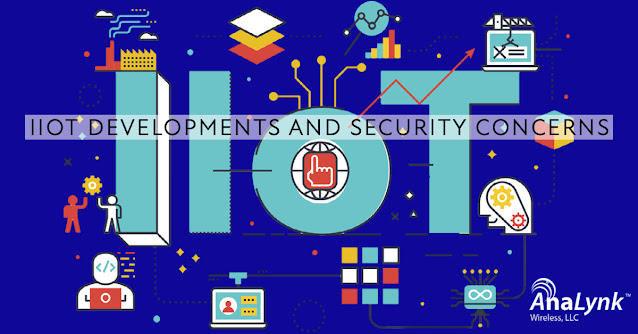Upward of 27 billion devices connect as part of the massive confluence of technologies, networks, protocols, standards, and devices known as the Internet of Things (IoT). IoT is a network of computers and devices that capture and exchange vast volumes of data, which is then sent to a cloud-based service, aggregated with other data, and then exchanged with end-users to provide valuable insights. IoT is growing automation in homes, classrooms, shops, and several other industries and industries.
The Industrial Internet of Things (IIoT) leverages many of the same technologies like IoT and applies them to the industrial world's diverse needs. IIoT is a category of technologies that capture and distribute data inside historically isolated industrial devices, contained in Supervisory Control and Data Acquisition (SCADA) systems and other Industrial Control Systems (ICS). They track and control essential industrial infrastructure, including factories, power plants, water systems, ports, other industrial installations, and some U.S.
Sensitive industrial infrastructure owners and operators are rapidly implementing IIoT technologies to maximize the development and distribution of goods and services, increase performance, improve safety and minimize costs. IIoT sensors and devices provide real-time monitoring and control to operators. They also collect data on system output, further improving plant performance or production performance. For example, smart tools used on a production line could allow a company to monitor and evaluate its production process. Real-time production data could provide insight into plant conditions, discover additional plant capability, and predictive analytics can help detect corrosion within the refinery pipe.
These threats to modules, firmware and software, wireless networking, and most devices must include mitigation at the computer and system engineering level. The U.S. National Institute of Standards and Technology (NIST) and the European Union Agency for Cyber Security (ENISA) seek to guide the government and industry with some of their voluntary attempts to describe IIoT cybersecurity. Industry is collaborating with original equipment manufacturers (OEMs) and other manufacturers to establish reasonable safety capabilities in IIoT products to avoid burdensome regulations that are likely to quickly get out of date as the IIoT industry is vast and changing much faster compared to government legislation.
Key Concerns
- Critical infrastructure owners and operators are rapidly adopting the IIoT to boost performance and maximize productivity, but this technology also brings increased cyber and other vulnerabilities.
- The increased adoption of the IIoT, historically unsafe and isolated legacy systems come with new connected devices against a background of diverse yet growing safety standards for components, creates further possibilities for system access and eventual critical infrastructure access to the computer network by several malicious cyber players.
- The rise in publicly and commercially accessible cyber resources makes it easier for more players to access vulnerable IIoT components. These devices are contained in critical infrastructure, allowing them to seek a range of effects that may not be detected, and present financial and possibly physical consequences.






